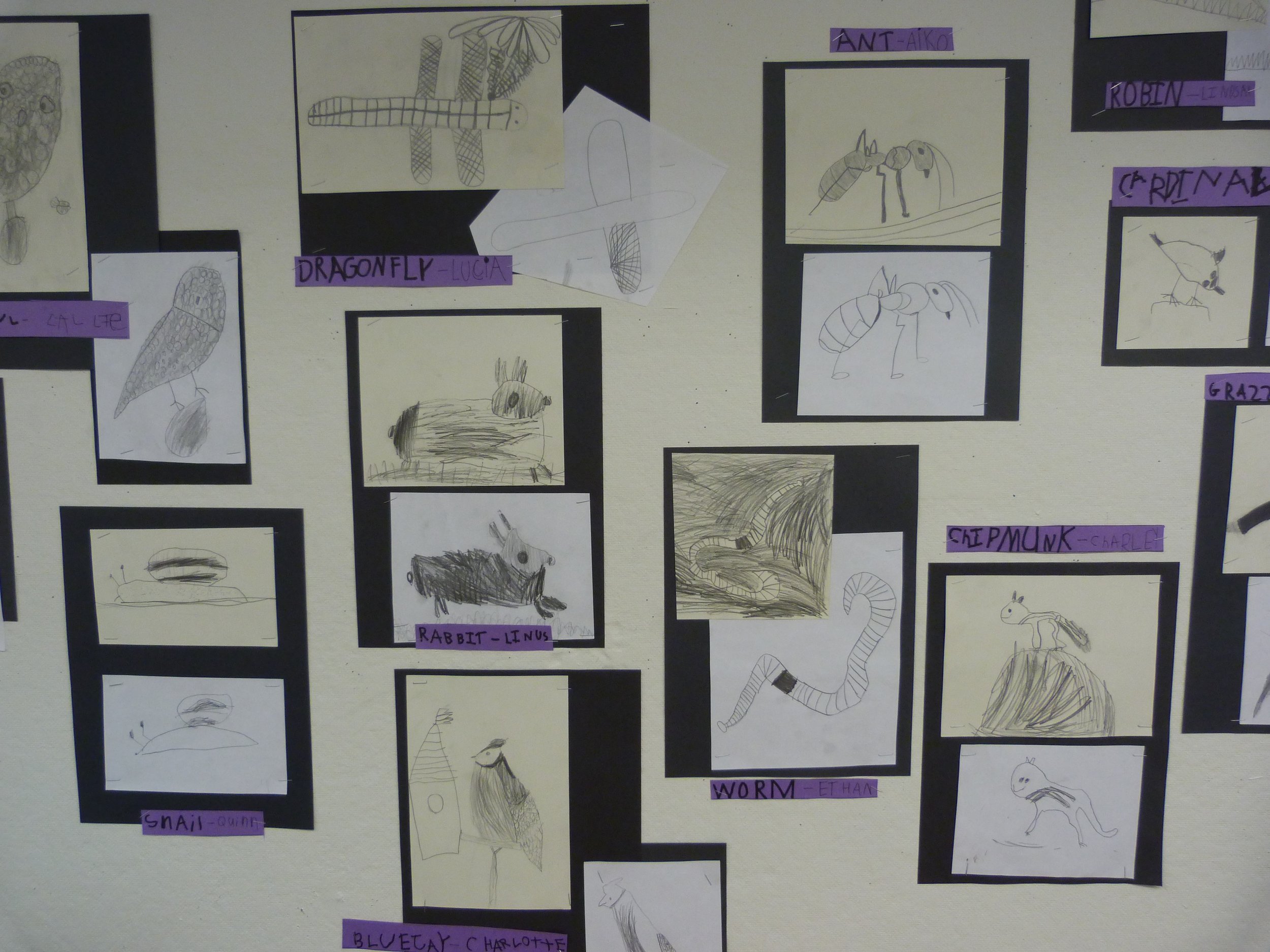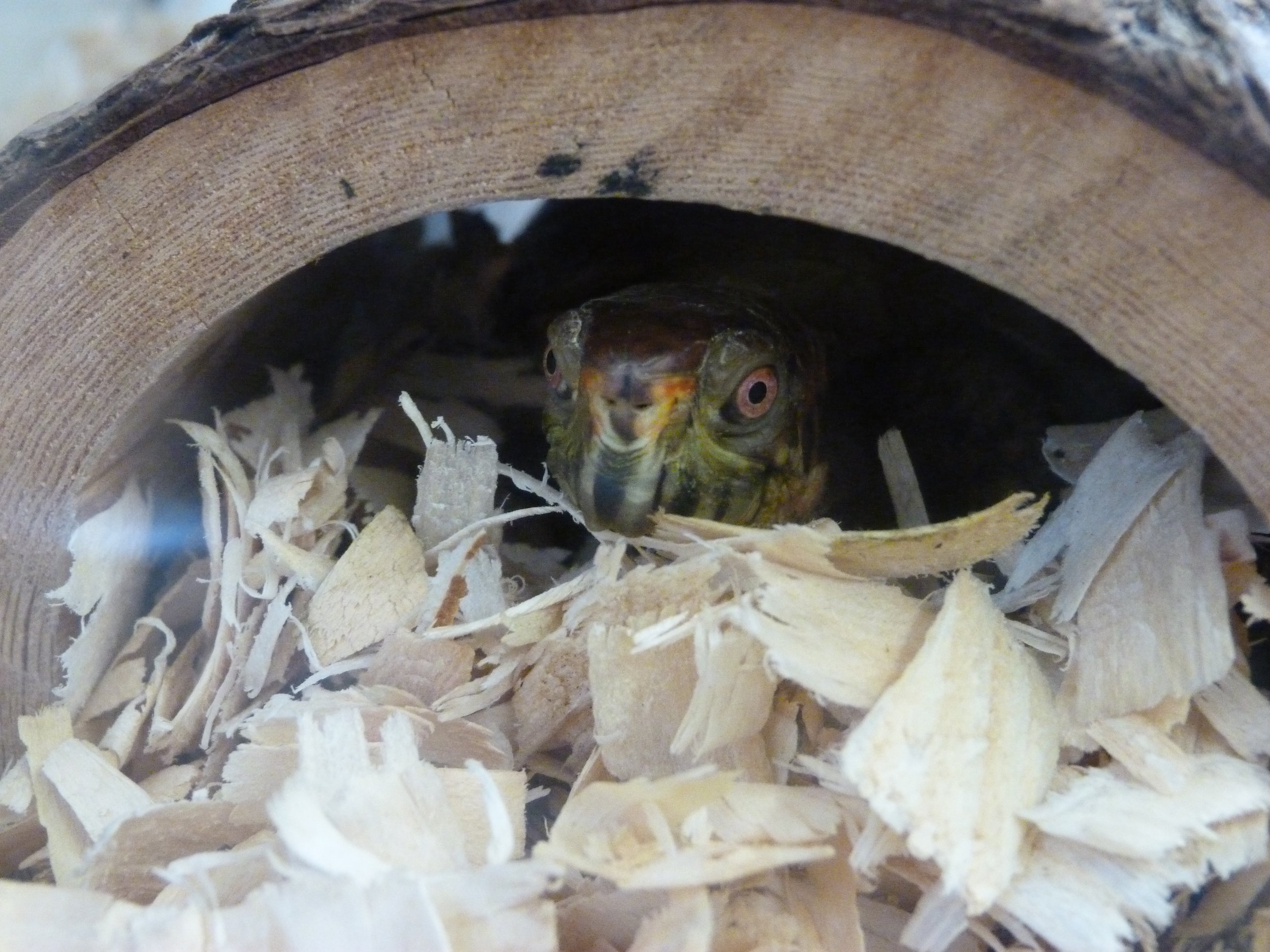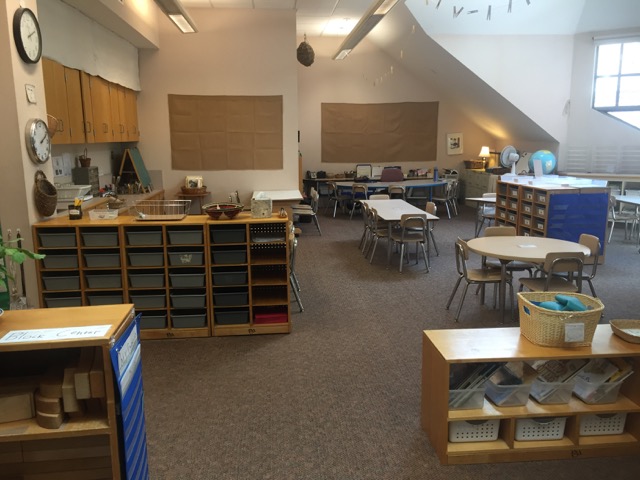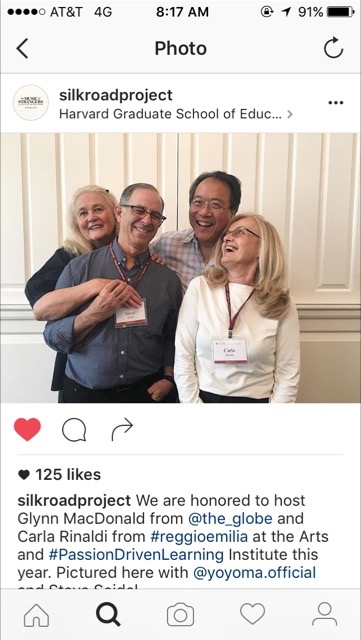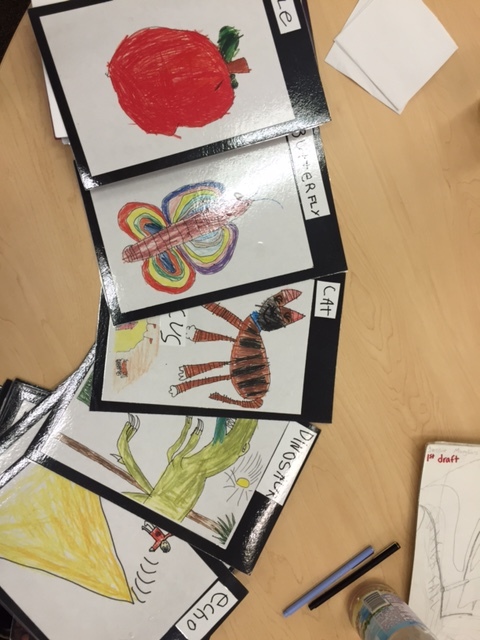A few weeks ago we traveled to St. Louis where we are working with the Lower School at Principia. When we are in St. Louis we always look forward to visiting our home schools, St. Michael School of Clayton and The College School. This visit, we were struck by student work of quality and the support of teachers that rendered student learning visible and striking. At Principia we witnessed a class of kindergarten and first grade students learning to carefully observe and contour draw leaves that they had collected outside their classroom as a part of a long term study of the woods nearby.
On the door of the kindergarten at The College School we saw careful drawings of sunflowers from the school garden among many other drawings and paintings from life around the school.
This month, in addition to school visits, Ashley and I had two lovely experiences tucked into the weeks of our autumn. One was a watercolor class with artist Kate Gridley in Middlebury, and the other, a trip to Ireland's northwest coast to visit good friends whose house sits on the edge of Clew Bay. In our watercolor class, we renewed our own process of using materials thoughtfully as well as studying the world around us in a focused way so that we might represent it.
Slowing down to observe and notice carefully takes time and care. Working with beautiful materials is a pleasure. What we take away is a new way of seeing and also a memory of a process that requires us to be present and be in relationship with what we are studying.
I heard the most marvelous story the other day while listening to Krista Tippet interview Mirabai Bush who has been a leader in contemplative practice and mindfulness based stressed reduction. Mirabai told the story of leading a several day introduction to mindfulness for college freshmen. After a period of time studying and being present with a leaf, a football player who was the first to speak in the group, said, "May I say something?" Mirabai said, "Yes, of course." He said, "I love my leaf."
This is what happens when we are present and truly let ourselves notice every detail of small things. And this is what happens when we draw or paint. This summer during our Harvard summer Institute, Arts and Passion Driven Learning, Carlina Rinaldi said..."this is where real learning leads us...to make something beautiful for ourselves and for others."
May we all take time, make time, slow down, notice, pay attention, fall in love with the world, use beautiful materials and all the languages we have to represent what we love, and make beautiful things, for ourselves and for others.







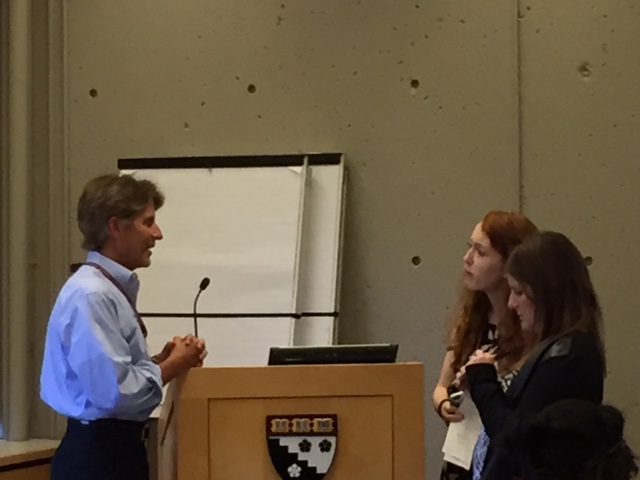 We have been reading
We have been reading 